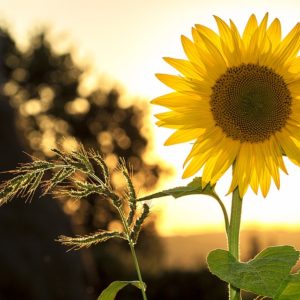LEARN TO PRUNE PLANTS – Understand How Plant Growth and Pruning are Linked.
Become a “Certified Pruner”
Pruning is one of the fundamental skills needed by gardeners and horticulturalists. However, it is much more involved than merely cutting off plant growth. There are many different reasons to prune, and there are many different ways to go about pruning.
What to prune, when to prune, how to prune and why we prune – all these questions can be answered through this short course. For the professional horticulturist to the home gardener, understanding the science and technique of pruning will allow you to support and enhance the growth of plants and improve fruit and flower production.
This short course provides instruction on how to prune range of ornamental plants as well as important species like fruits and roses. Students will learn how to assess the pruning needs of plants and learn about good pruning practices. Furthermore, you’ll learn how to encourage fruiting and flowering, how to create topiary and espaliers, and how to make bonsai. Upon completion you will feel confident in your knowledge of how and when to prune all sorts of plants.
COURSE STRUCTURE
There are nine lessons as follows:
Lesson 1: Introduction
- Why, when and what to prune: How pruning affects plants
- Removing broken branches, dead or diseased wood
- Controlling the type of growth
- Controlling the plant’s shape and size
- Promoting healthy, bushy growth
- Rejuvenating a plant
- Why prune?
- Pruning different species
- Timing for pruning
- What is compartmentalisation?
Lesson 2: Types of Pruning
- Cleaning out dead wood
- Stopping
- Disbudding
- Deadheading
- Pollarding
- Removing branches
- Crown cleaning
- Crown thinning
- Crown reduction
- Crown lifting
- Crown renewal
- Root pruning
- Pruning trees in general
- Pruning larger shrubs
- Pruning tropical plants
- Pruning container plants
Lesson 3: Pruning Tools and Equipment
- Secateurs
- Pruning knife
- Loppers
- Pole pruners
- Hand saws
- Trimmers
- Chainsaws
- Gloves
Lesson 4: Pruning Hedges
- Selecting hedging plants
- Establishing a hedge
- Types of hedge
- Pruning or trimming an established hedge
- Rejuvenating old and overgrown hedges
- Pruning conifers
- Other hedging techniques
- Pleaching
- Tapestry hedges
- Mazes
Lesson 5: Shaping Plants
- How to develop an espalier
- Horizontal espalier
- Oblique palmette espalier
- Topiary
- Portable topiary
- Other plants suitable for topiary
- Single-stem topiary
- Verdant sculptures
- Bonsai
- Creating bonsai
- Pruning bonsai to shape it
Lesson 6: Managing Prunings
- Composting waste
- Choosing plants for composting
- Using compost to improve soils
- Composting in home gardens
- Indore method
- Using lawn clippings
- Mulching
- How to lay mulch
- Biochar
- Chipping
Lesson 7: Pruning for Fruit Production
- Before buying plants consider the shape
- Before pruning
- Points to consider when pruning
- Pruning specific fruits
- Citrus spp.
- Pruning a bush shape
- Pruning a standard shape
- Renovating an old citrus tree
- Open vase shape formative pruning
- Plum tree pruning
- Pruning apricots
- Knowing your buds
Lesson 8: Pruning Roses
- When to prune roses
- Pruning techniques for different types of roses
- Pruning climbers and ramblers at a glance
- Pruning roses as standards
- Dead heading roses
- Rejuvenating an old rose plant
Lesson 9: Compendium of Plants – How to Prune What and When
- Summary: Basic pruning guide
- Glossary





